Introduction to Cold War Secrecy
The Cold War, a period spanning roughly from the end of World War II to the early 1990s, marked an era of significant geopolitical tension between the United States and the Soviet Union. This confrontation fostered a climate of fear and suspicion, driving governments to unprecedented lengths in their pursuit of national security. As both superpowers sought to gain the upper hand, they engaged in extensive intelligence gathering and developed various strategies to counter perceived threats.
Among these perceived threats were chemical and biological agents, which were considered potent tools of warfare. The fear of such threats necessitated a series of classified experiments designed to assess the impact and potential applications of these agents in urban environments. St. Louis, with its strategic location and diverse population, became a focal point for numerous clandestine tests. In these secretive endeavors, the implications for public health and safety were often overlooked or disregarded, raising ethical concerns that resonate even today.
During this period of heightened anxiety, the U.S. government initiated various programs aimed at exploring chemical warfare possibilities. Many of these experiments were conducted without the informed consent of the population and lacked transparency. As a result, the secrecy surrounding these activities not only obscured the potential risks to communities but also cast a long shadow over scientific integrity. The Cold War era was characterized by a pervasive atmosphere of distrust, where the quest for knowledge and defense often came at a grave cost to human health and safety.
Understanding the context of Cold War secrecy aids in comprehending the depth and scale of the chemical experiments conducted in St. Louis. It underscores the need to reflect critically on the ramifications of government actions taken under the guise of national security during a tumultuous period of history.
The Secret Experiments in St. Louis
During the 1950s and 1960s, St. Louis served as a key location for covert chemical experiments conducted by various government agencies. These initiatives were often shrouded in secrecy and aimed at understanding the efficacy of numerous chemical agents within urban environments. Predominantly, the experiments focused on dispersal methodologies to investigate potential applications in warfare scenarios. The agents employed varied from benign substances to toxic compounds, which were intentionally released into selected neighborhoods to study diffusion patterns and public health implications.
The logistical operation of these secret experiments engaged local authorities in what was presented as routine aerosol research. Collaboration between city officials, law enforcement, and military personnel was deemed essential for the smooth execution of these tests. Unbeknownst to many residents, the experiments frequently utilized neighborhoods like Pruitt-Igoe for their unique urban layout, which was believed to provide rich data on human exposure and environmental impact. The decision to target certain areas demonstrated a stark disregard for the safety and well-being of the unsuspecting participants.
St. Louis was not isolated in this regard; numerous other cities across the United States also became sites for similar experiments during the Cold War. Cities such as New York, San Francisco, and Chicago participated in varying degrees of testing, employing similar methodologies to assess public health risks associated with chemical agents. These urban trials contributed to a broader understanding of dispersal techniques, often under the guise of public health initiatives, leaving a lasting legacy of mistrust among residents. While at the time, these operations were justified under the perimeter of national security, they have since raised ethical concerns regarding the extent to which human subjects were used in experiments without consent or knowledge.
Public Reaction and Impact on Residents
The clandestine nature of the chemical experiments in St. Louis has left an indelible mark on the community, influencing both public perception and the long-term health outcomes of its residents. Initially, many individuals were unaware of the dangers lurking in their environment. The secrecy surrounding these experiments fostered a profound sense of betrayal when the truth began to surface. As information emerged revealing the government’s inadequate communication regarding health risks, residents voiced their outrage and concern. Many felt helpless, grappling with the realization that they had unknowingly been subjected to hazardous substances.
Personal accounts from affected individuals illustrate the deep psychological scars left by these revelations. Some residents reported feelings of anxiety and mistrust towards public health institutions, exacerbated by fears for their families’ safety. Individuals noted experiences of depression and isolation as they navigated the uncertainty of potential health impacts stemming from chemical exposure. Furthermore, the realization that their community had been a testing ground for experiments led some to reinvestigate their symptoms and illnesses, instigating a search for answers that was frustratingly elusive.
From a health perspective, studies have indicated a correlation between exposure to various chemical agents and adverse health outcomes among St. Louis residents. Concerns centered around respiratory issues, skin conditions, and possibly more severe diseases such as cancer have raised alarm within the community. Historical accounts of these issues emphasize the tragic irony that those who thought they were living in a safe and nurturing environment were unknowingly at risk.
In contemporary discussions, the narrative surrounding these experiments has ignited a broader conversation about ethics and government transparency. Legal battles, public testimonies, and advocacy for tighter regulations reflect a growing demand for accountability. As St. Louis grapples with the legacy of these chemical experiments, the ongoing dialogue serves as a cautionary tale of the necessity for rigorous ethical standards in research, prioritizing the health and safety of communities over secrecy.
Legacy and Lessons Learned
The legacy of chemical experiments conducted during the Cold War in St. Louis serves as a critical lens through which we can assess the intersection of public health policy and military ethics. These experiments, often shrouded in secrecy, have left an indelible mark on both regulatory frameworks and public perception regarding chemical and biological threats. As a result, there has been an ongoing discourse regarding the ethical implications of conducting experiments, particularly in urban settings where civilian populations are present.
One of the most significant outcomes of this legacy is the evolution of public health regulations. Following the revelations surrounding these chemical experiments, policymakers have increasingly recognized the need for stringent oversight when it comes to conducting research that could impact public health. Regulatory agencies have implemented more rigorous protocols, ensuring that future experiments are subject to comprehensive ethical reviews. This shift underscores the importance of transparency and accountability in governmental actions, as the public demands to be informed about potential risks associated with chemical exposure.
Moreover, the discussions surrounding these historical events have heightened public awareness of the dangers posed by chemical agents, leading to stronger advocacy for community health protections. Citizens are now more engaged in dialogues regarding the implications of military and government actions that could compromise their safety. Additionally, the legacy of these experiments underscores the need for continuous education related to chemical and biological threats. Such education empowers communities to advocate for themselves and hold authorities accountable.
As we analyze the lessons learned from St. Louis, it is evident that the ethics of experimentation must be underscored in every aspect of public policy. The debates ignited by these events remain pertinent today, as they compel us to scrutinize the choices made in the name of national security and the safeguards that should be in place to protect citizens in urban settings from similar transgressions.


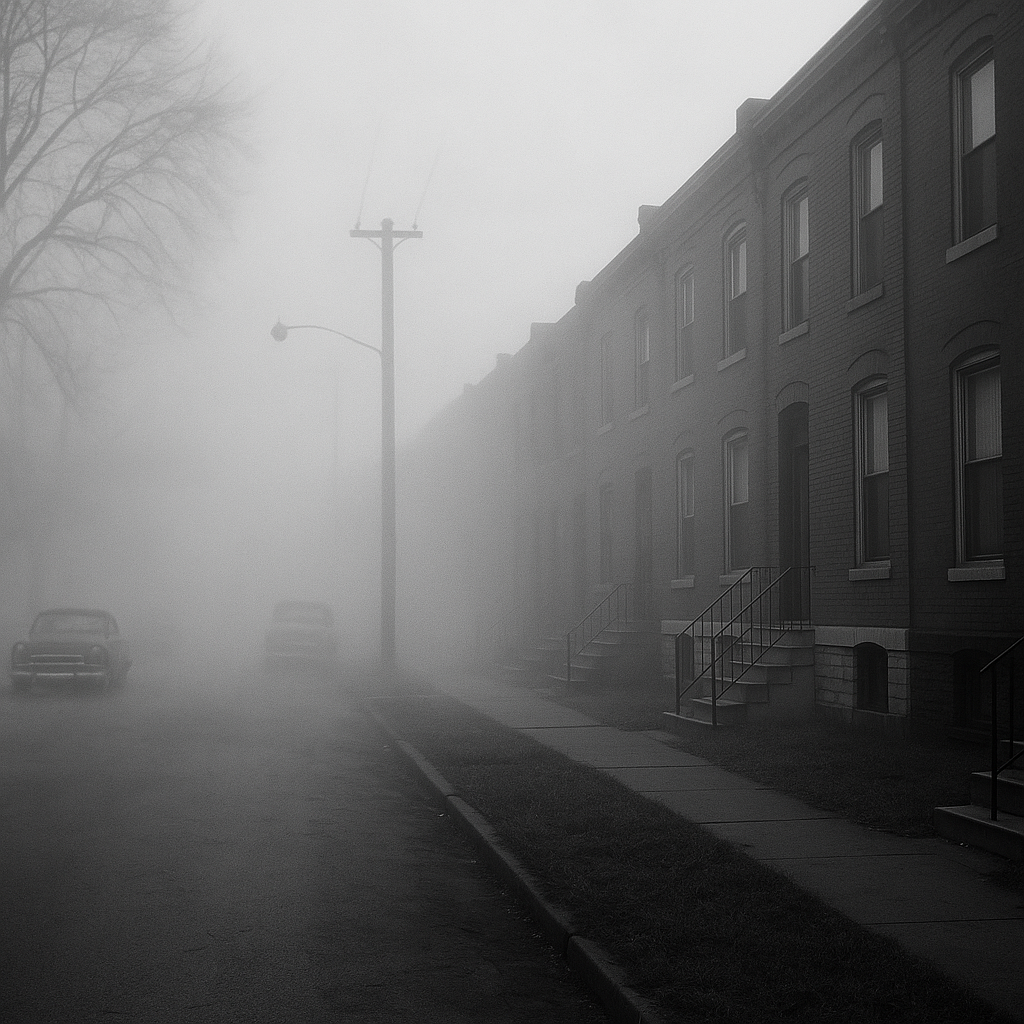
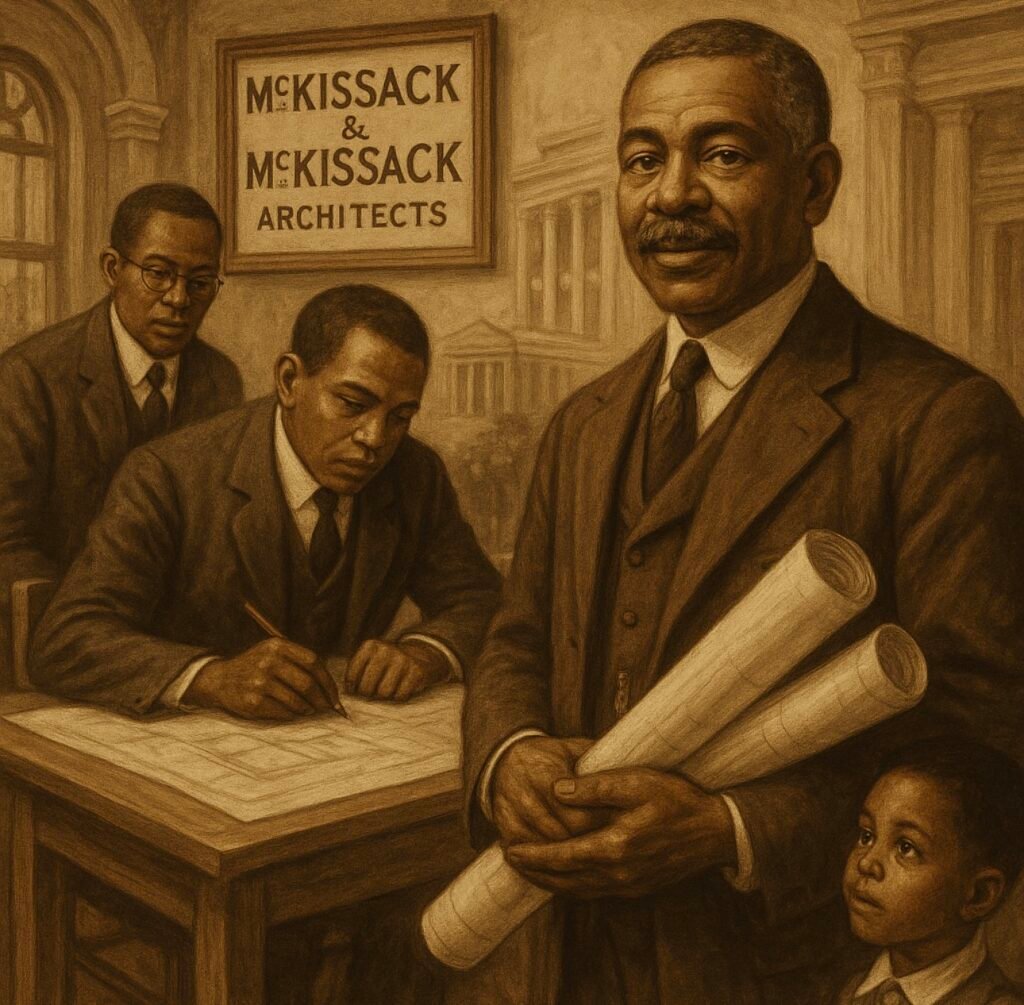

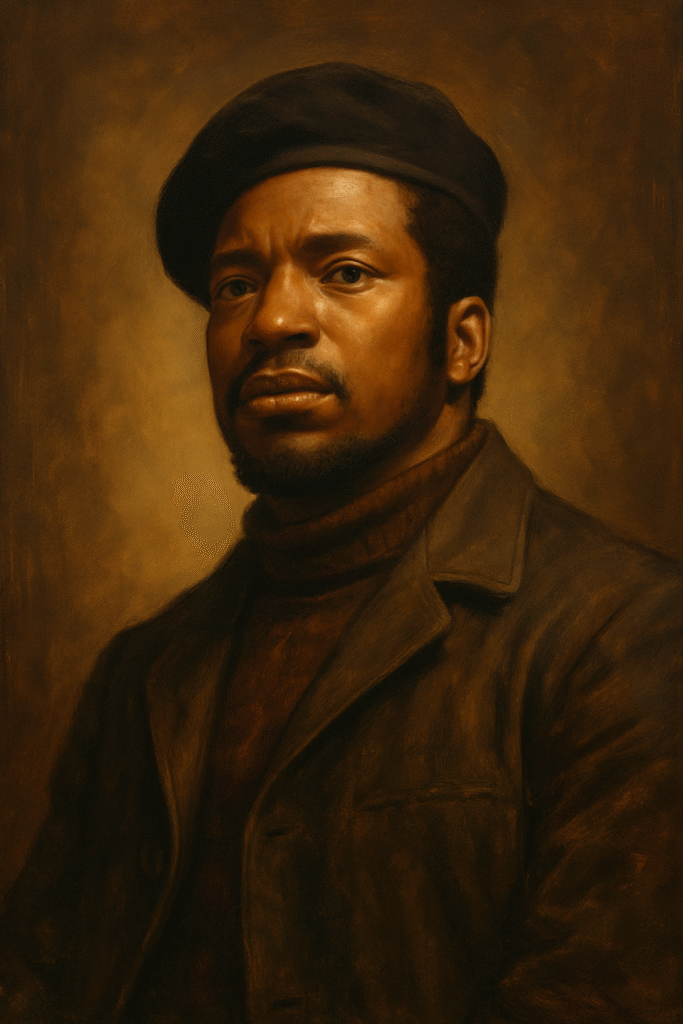



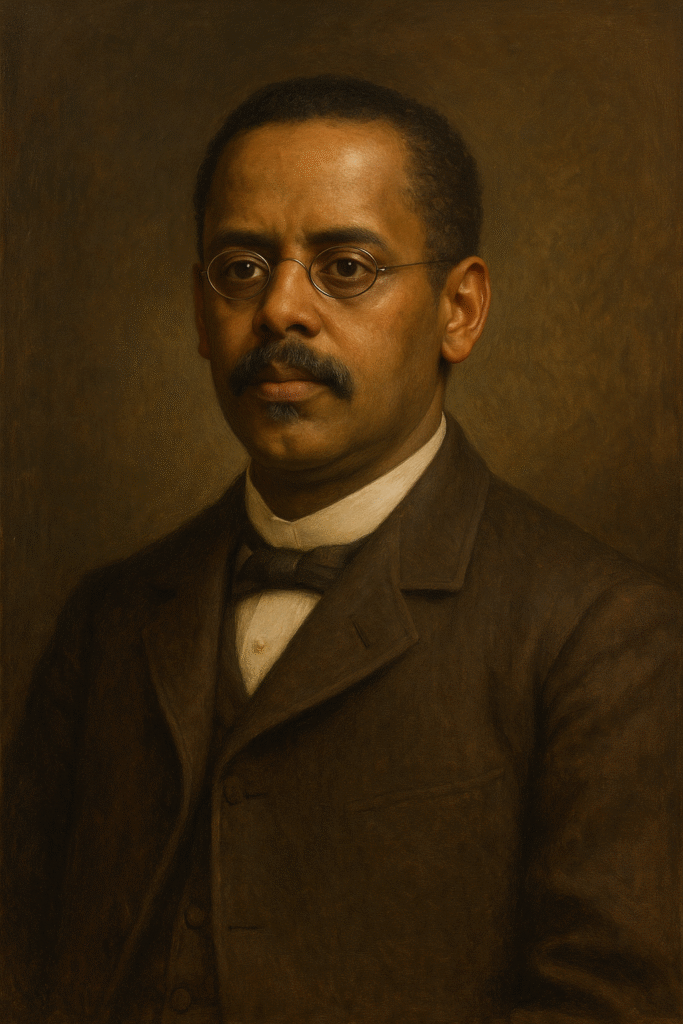
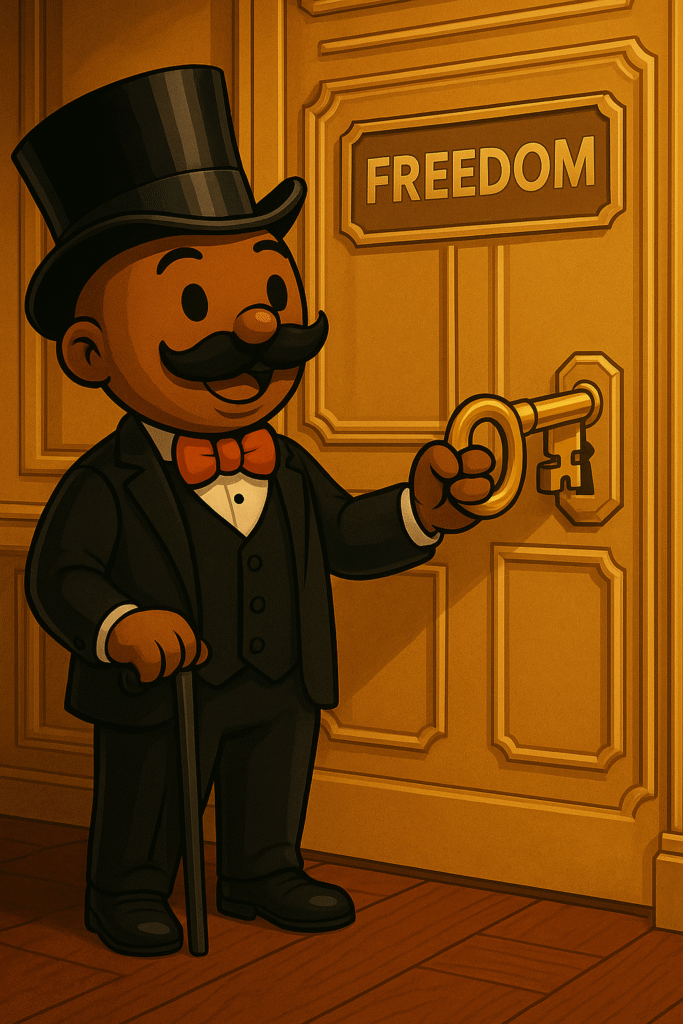

8 Responses
I loved as much as you will receive carried out right here. The sketch is attractive, your authored subject matter stylish. nonetheless, you command get got an nervousness over that you wish be delivering the following. unwell unquestionably come more formerly again since exactly the same nearly very often inside case you shield this hike.
Excellent items from you, man. I’ve take into accout your stuff prior to and you are just extremely excellent. I really like what you have got right here, really like what you’re stating and the way in which you say it. You’re making it entertaining and you still care for to stay it smart. I can not wait to learn far more from you. This is really a terrific site.
THANKS
Deference to post author, some superb information .
I¦ve read some excellent stuff here. Certainly worth bookmarking for revisiting. I surprise how a lot effort you put to create any such magnificent informative website.
Magnificent beat ! I would like to apprentice at the same time as you amend your website, how could i subscribe for a weblog web site? The account aided me a acceptable deal. I had been tiny bit acquainted of this your broadcast provided bright transparent concept
Very interesting subject, thanks for putting up. “Nobody outside of a baby carriage or a judge’s chamber believes in an unprejudiced point of view.” by Lillian Hellman.
After all, what a great site and informative posts, I will upload inbound link – bookmark this web site? Regards, Reader.